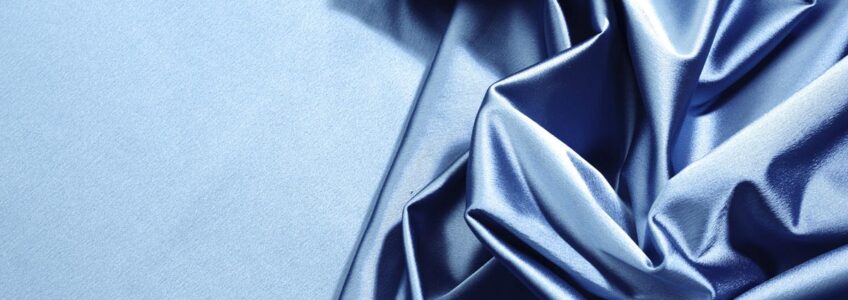Satin: a fabric that stands out for its shine and brightness, for refinement and elegance. It is a material used in many sectors, from clothing to furniture, from linen to decorations. Let’s discover together the history and characteristics of satin, a very precious fabric!
When we think of satin, we are thinking about a “textile armor” obtained from a particular interweaving of the warp and weft threads and created from different types of fibers. There are therefore varioustypes of satin, made from natural fibers such as silk satin, wool satin or cotton satin, and made from synthetic yarns such as polyester and acetate.
Satin looks smooth to the touch and to the eye, it is a uniform and soft fabric with two opposite faces: on one side the fabric is smooth and shiny, while on the other side is opaque. All over the world satin is also known by the name of satin fabric, which derives from Zeitun, the name with which the Arabs called Zhangzhou, the Chinese city where it seems that satin was produced for the first time.

The history of satin: from China to the conquest of the West
Its origins are closely connected to those of silk: its millennial history begins in Asia, to be precise in China, where satin was produced under the Northern Song dynasty between 960 and 1127. It was used in the clothing and furnishing sectors of the imperial nobility and in subsequent eras it became the most valuable base of the pompous designs for the clothes of court nobles.
Satin arrived in the West only in the Middle Ages through trade along the Silk Road. In Europe it is used as a perfect background for damask and brocade, fabrics worn by aristocrats and used to furnish the most impressive and important buildings.
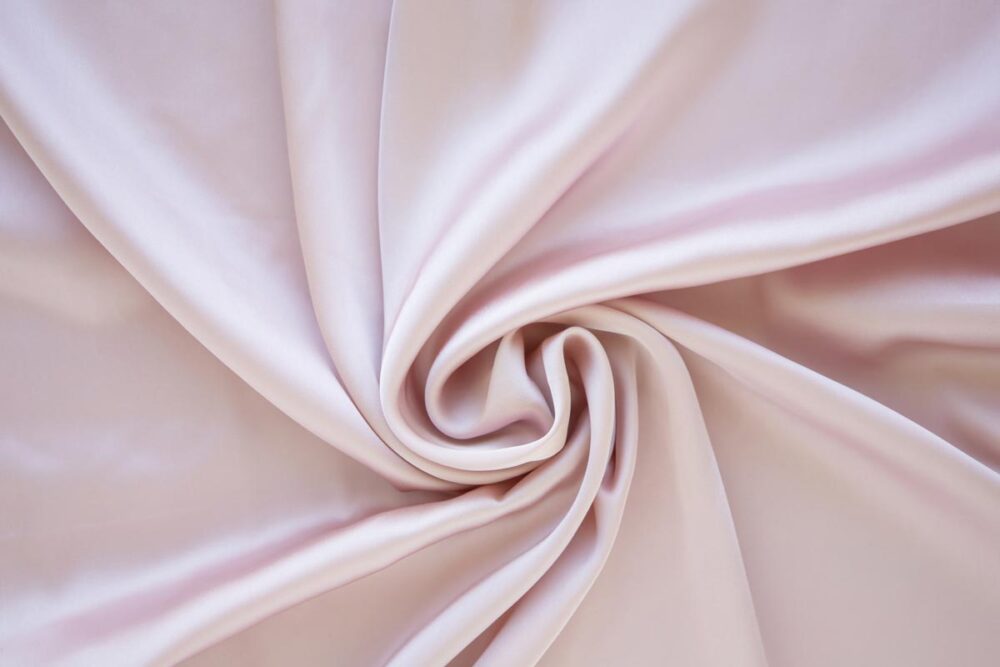
Satin fabrics: the features and the manufacturing process
Today satin is widely used in the field of clothing: it is the most used fabric to produce women’s lingerie garments and for wedding dresses, as well as for the lapels of men’s tuxedos. An elegant fabric used as raw material of soft nightgowns, stylish blouses, but also ties, evening gowns and elements of household linen and bedding.
In addition to being used in the interior design and fashion sector, satin is also used for the creation of fine accessories and to protect precious objects, in the shape of jewelry bags, jewelry box covers and cases for delicate clothes.
The processing of satin fabrics follows very precise steps: as specified it is an armor, or one of the ways in which a fiber can be woven. In this case the fibers of the chosen material follow a weave of mainly warped threads with tie points with sparse textures according to a regular and non-consecutive arrangement.
The common satin with a regular armor ratio is called Chinese satin because it follows the traditional eight-strand manufacturing process and is also known as duchess satin or duchesse. It looks like a very shiny fabric and is heavy to the touch but does not slip. Then there is the satin with irregular weaves, ranging from a ratio of four threads (Turkish satin) or the six-thread one (queen satin). The greater the number of threads used, the more delicate the satin obtained.
The weaving also varies depending on the type of fiber used: when working with natural fibers, as in the case of cotton satin, processing is more difficult because the fiber must first be subjected to calendering, the passage of the material through the compression of a heated roller and a felt sleeve. Thanks to this process satin fabrics become shiny.
Cotton satin: features
We often hear about cotton satin: what are the differences compared to satin fabric? Although their textureis very similar, as well as the appearance, there is a difference between the two The cotton satin, in fact, is made entirely of cotton, to be exact of shaved cotton fabric, which is processed through different steps, carded, combed or mercerized to obtain the characteristics that make it shiny and silky.
Cotton satin is a more resistant material than silk satin, recommended, therefore, for linen elements that tend to wear. It is often used for bedding and curtains.
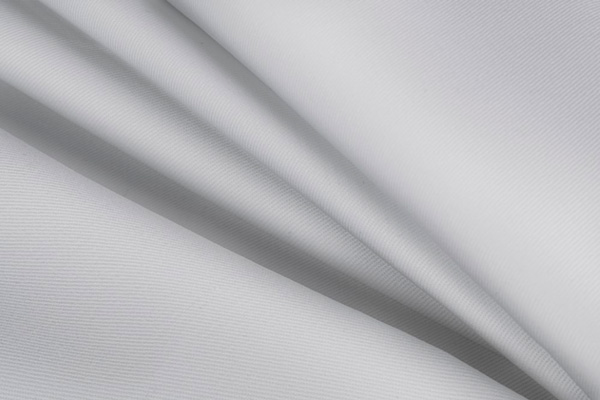
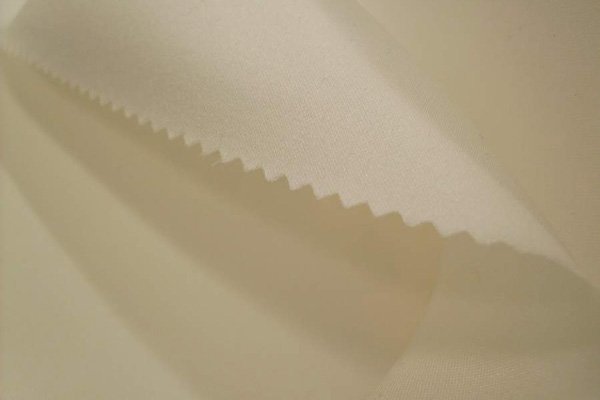
Satin duchesse: features
Duchesse fabricis often used to fabricate wedding dresses Let’s talk about silk satin, immediately recognizable by its shine. It is used in clothes that aim to shape the figure: being a very smooth fabric it does not slip on the body, but tends to frame it, giving a harmonious and delicate shape.
Polyester satin: features
This type of satin is made from synthetic fibers with a very shiny and flamboyant effect. It is the cheapest and lightest type of satin fabric and is used to line or to finish the details of household and clothing linen items.
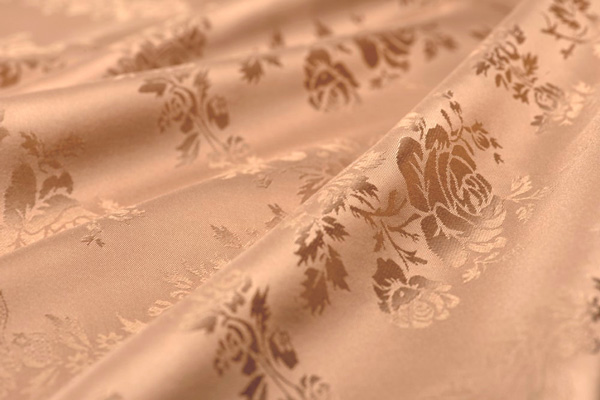
How to treat satin: tips for washing and drying
Satin is a very elegant and refined fabric, but equally delicate because it discolors and mattes easily. It must be treated in the appropriate way and subjected to frequent care: the time of washing, drying and ironing are particularly important. Here are the main tricks!
This fabric should be washed by hand in cold water with mild cleaning products and without chemical additives It should then be rinsed carefully, still in cold water. Can satin be machine washed? It depends on the mixture of fibers used, but it is preferable to opt for dry cleaning or hand washing. To prevent it from losing gloss and discoloration over time, it is advisable not to place the fabric in direct contact with the metal base of the drying rack, but it is better to use a cotton cloth as a support base instead. The same goes for the time of ironing: it is recommended to use a cotton cloth between the iron and the fabric.
The choice of a good satin fabric passes through the advice of experts who know the materials and their best characteristics well: Manifattura Foderami Cimmino, since 1750, selects the most suitable types of satin for any possible use. A vast catalog of choices for the many faces of satin, versatile and valuable.



